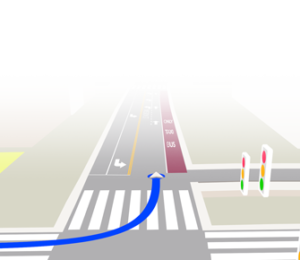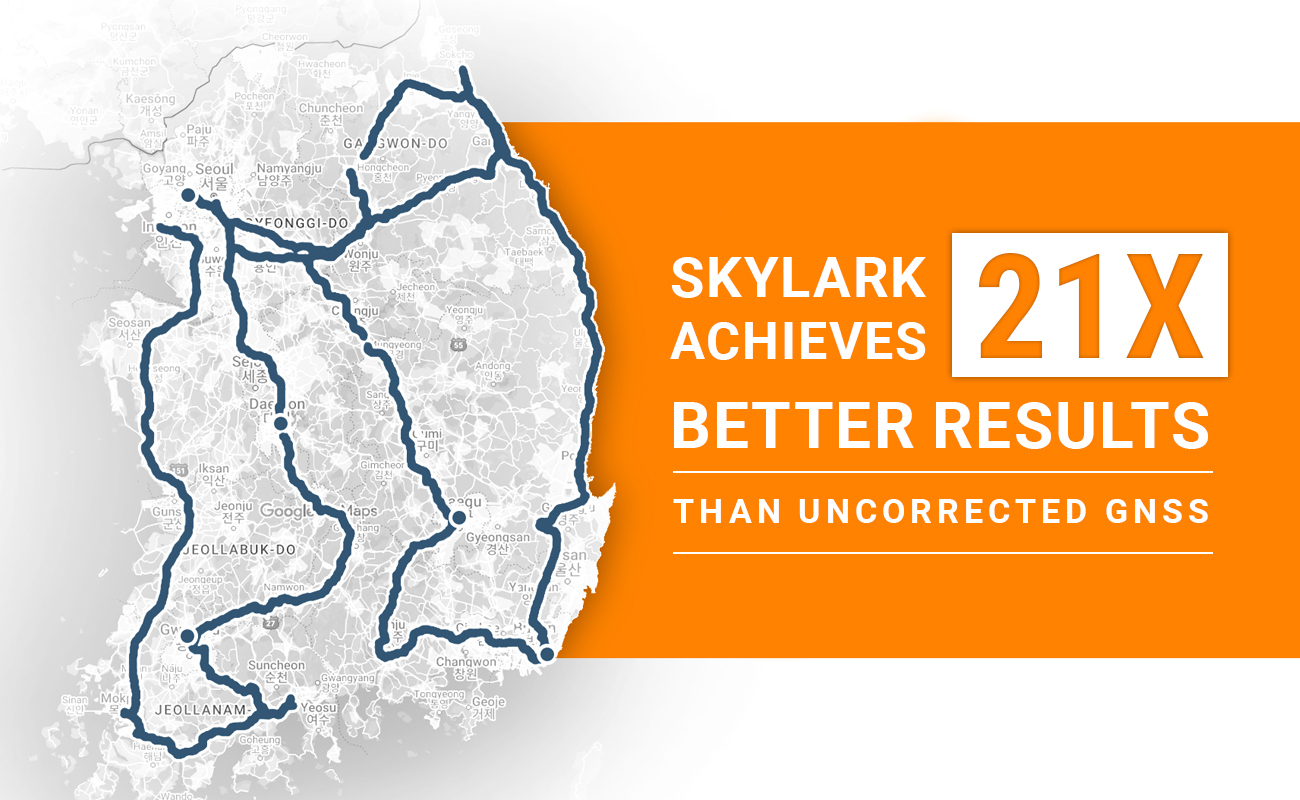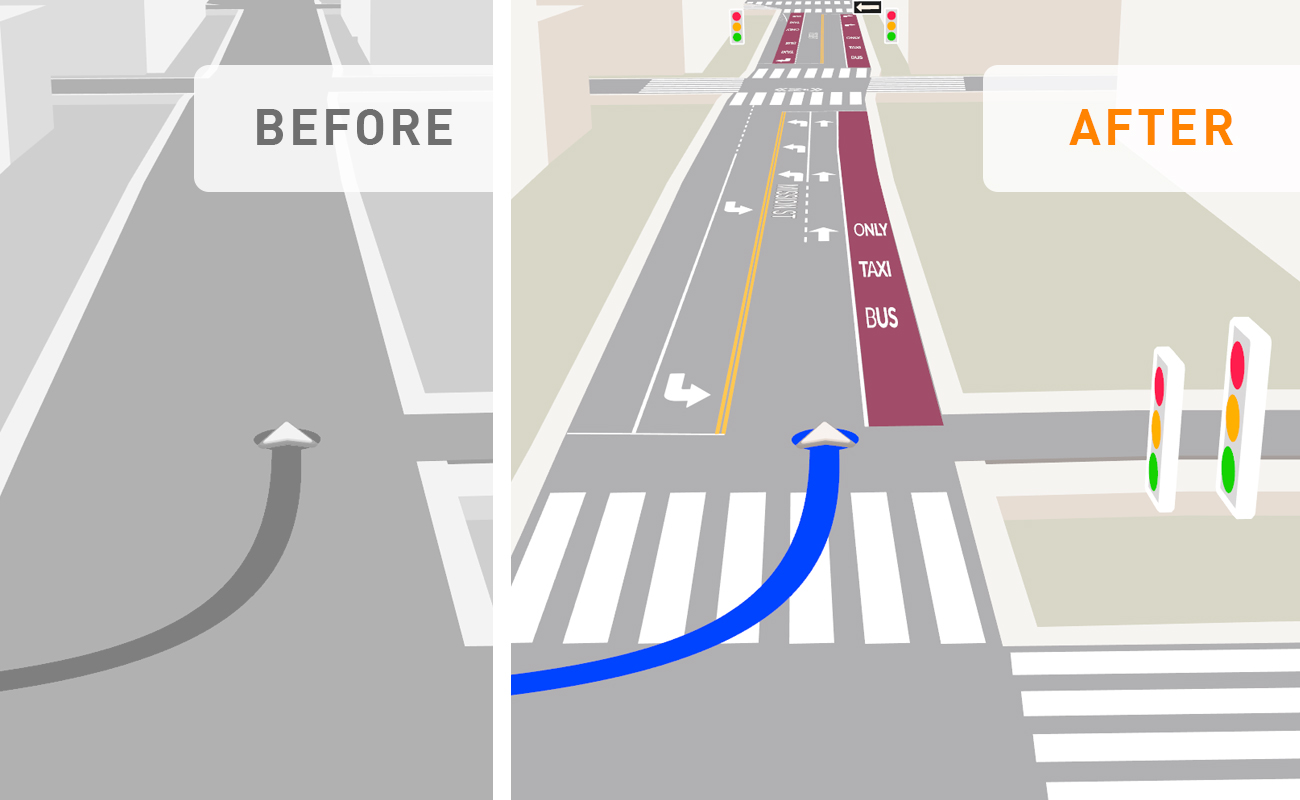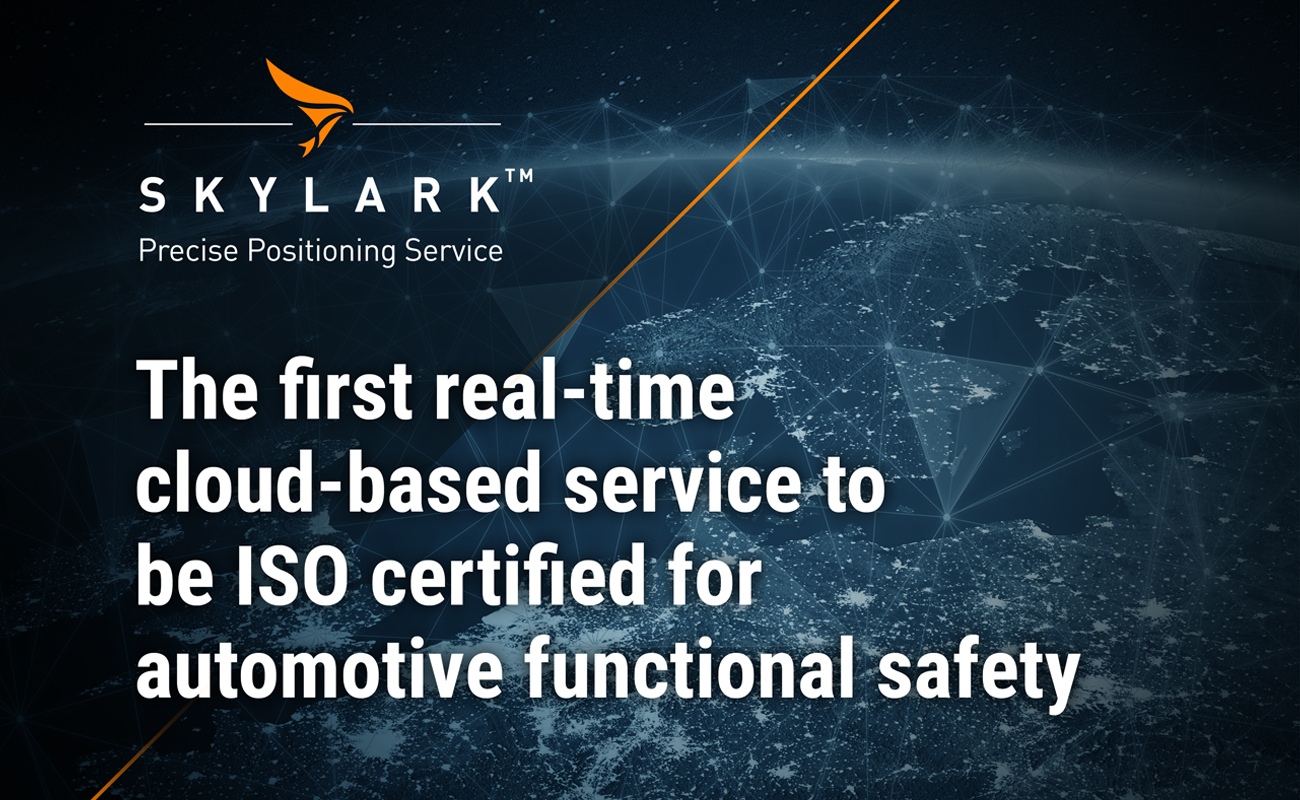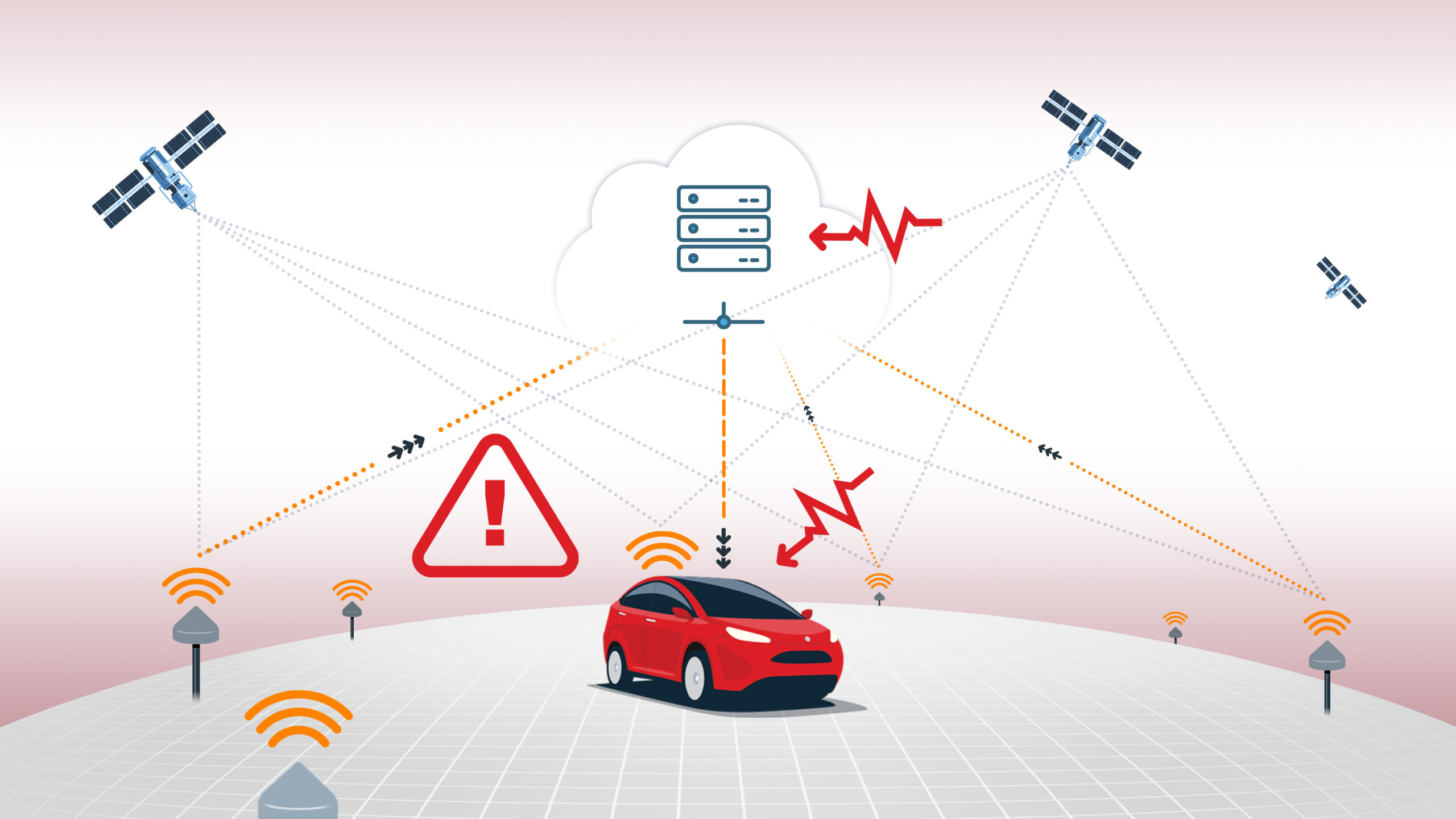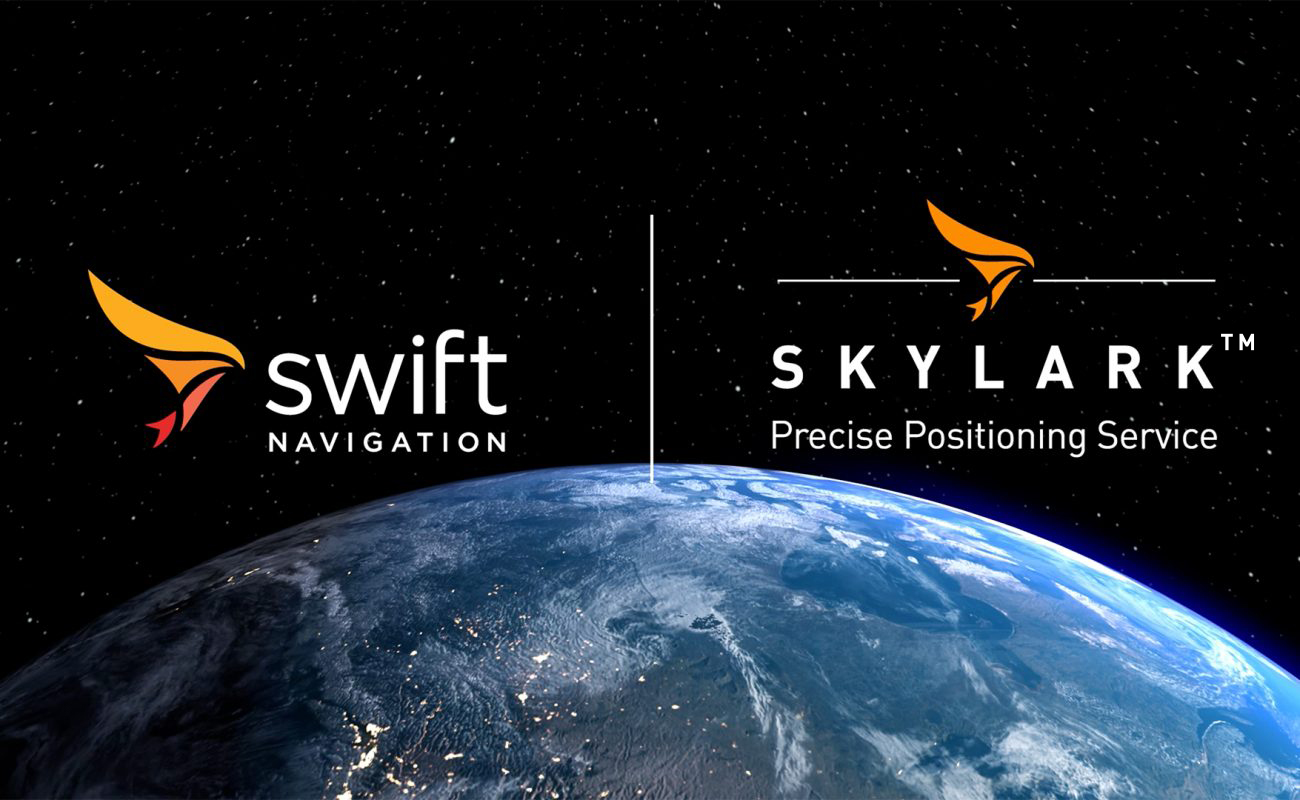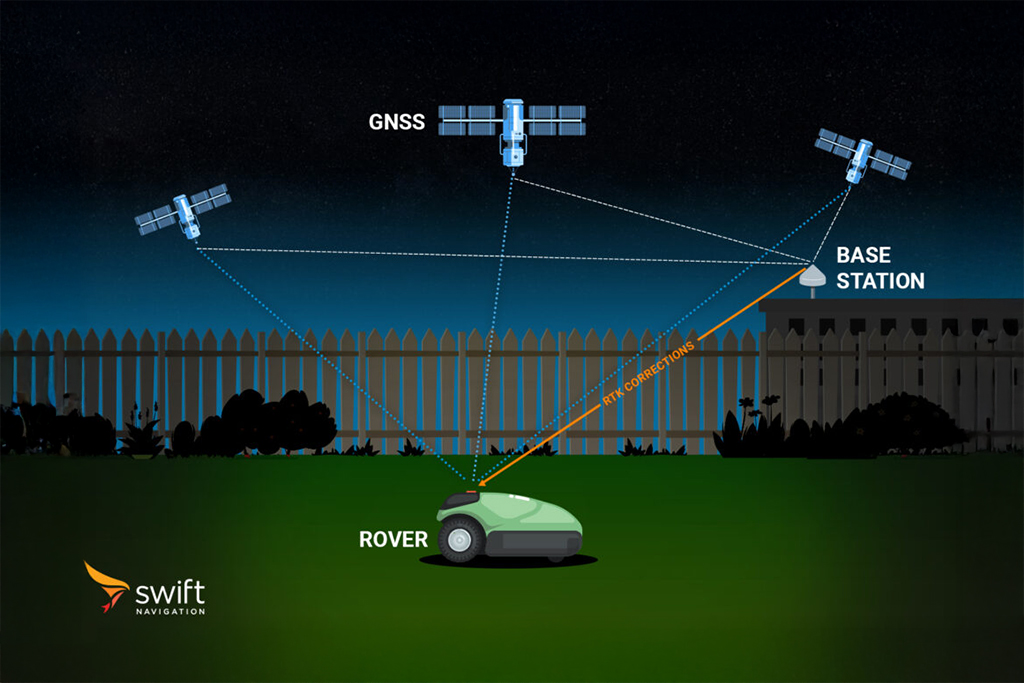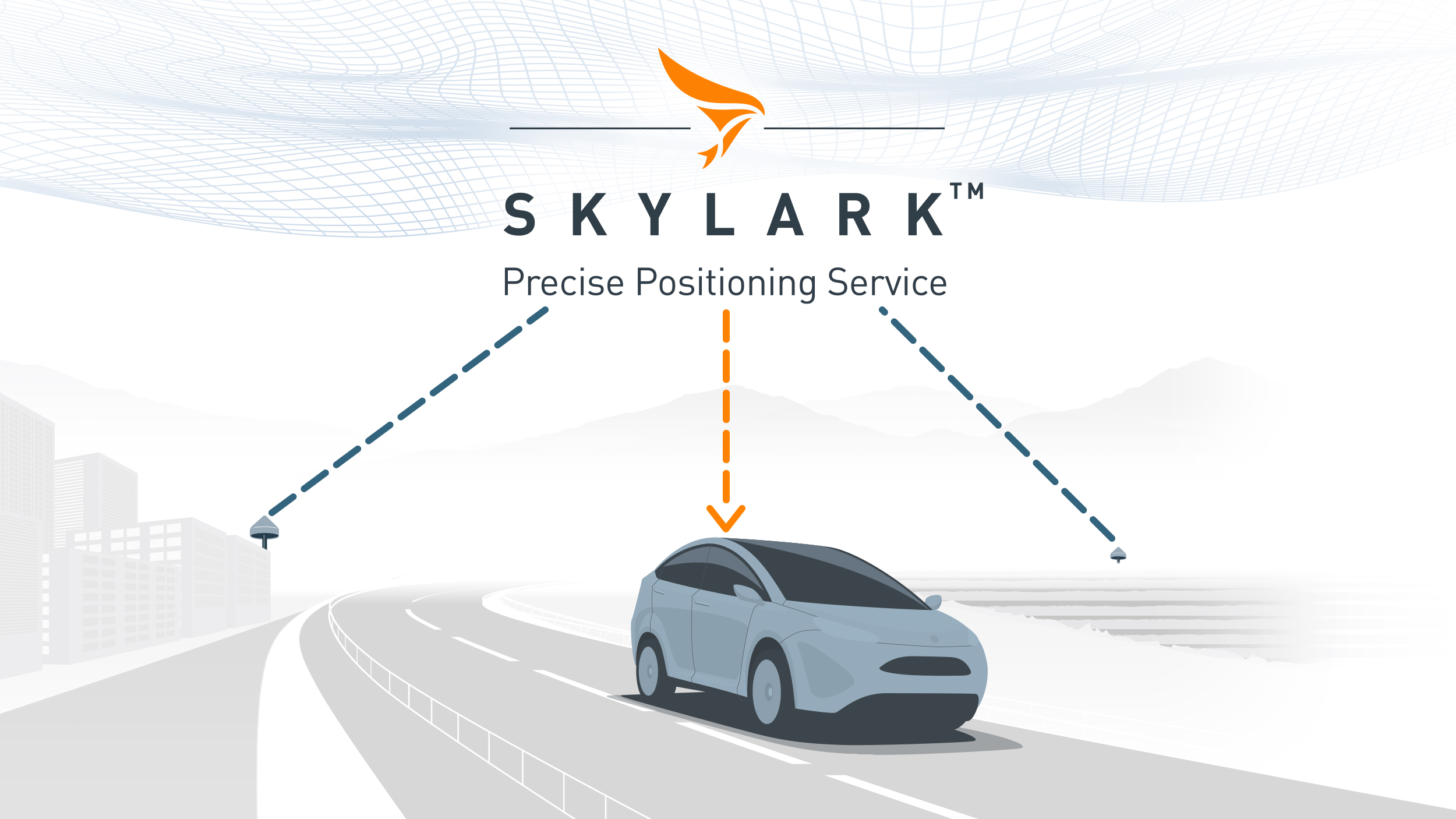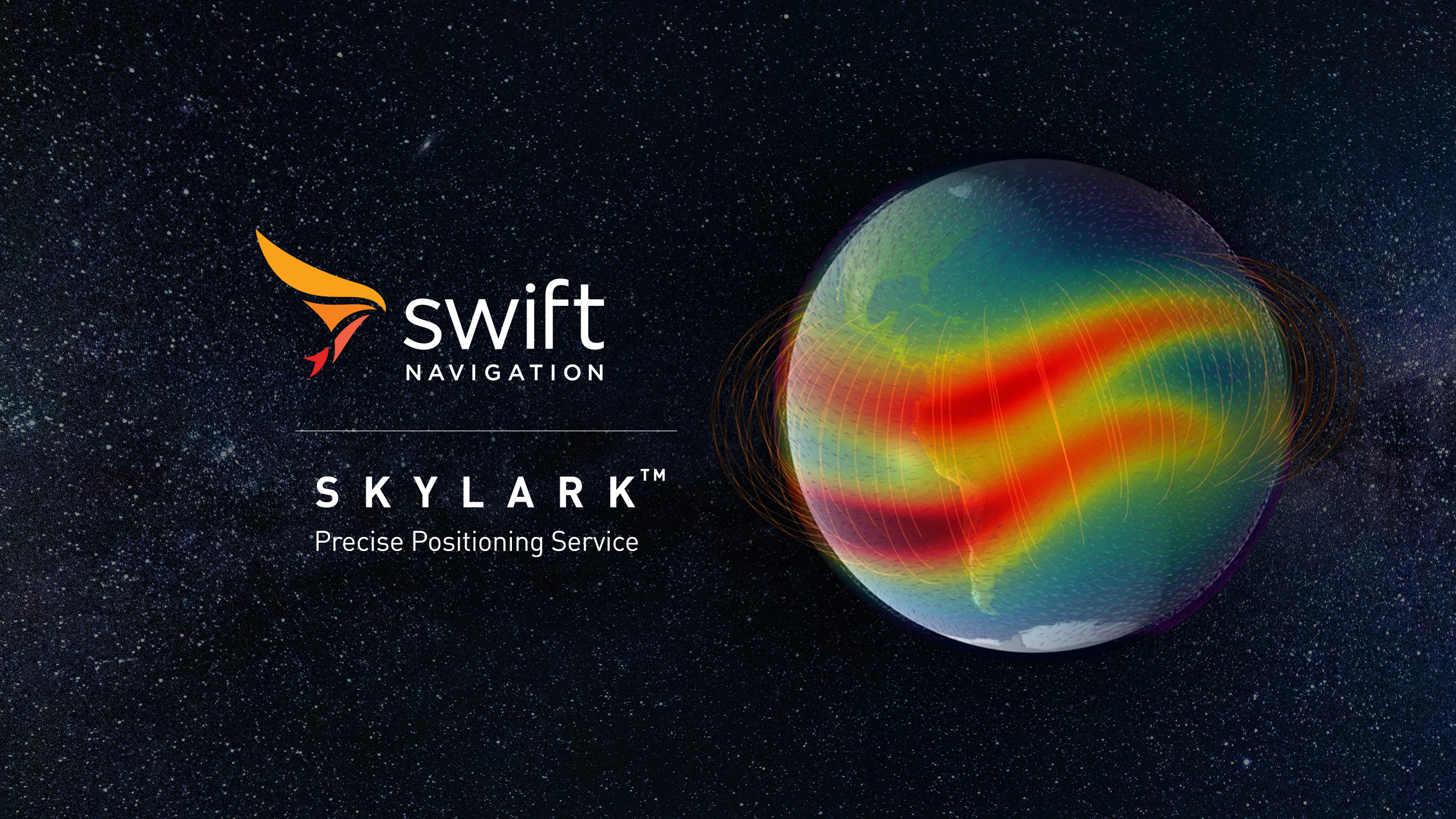What is Target Integrity Risk?
Target Integrity Risk (TIR) defines the maximum allowable probability that a system will provide a position solution outside a specified protection level (PL) without issuing a timely alert. In other words, target integrity risk quantifies the risk that the system will fail to warn users when its position error exceeds a safety threshold (the Alert Limit, AL). For example, a target integrity risk of 10⁻⁷ per hour means that the probability of an undetected hazardous positioning error should be less than one in ten million per hour of operation.
Target integrity risk is foundational in applications where safety and reliability are paramount, such as autonomous vehicles and advanced driver assistance systems (ADAS). Meeting stringent TIR requirements ensures that users can trust the system’s output for critical functions like lane-keeping or collision avoidance. The protection level is continuously calculated so that the probability of the actual position error exceeding the protection level is less than the target integrity risk. If PL > AL, an alert is triggered and the system is considered unavailable for safety-critical use.
Target integrity risk requirements are often specified by industry standards or customer needs and may differ between range domain (individual satellite measurements) and position domain (final user position). Demonstrating compliance with TIR involves both theoretical analysis and empirical validation to show that the system’s integrity monitors and correction models reliably bound errors within the required risk level.
Related Content
Automotive

Devon Sharp

Marwan Ramadan

Joel Gibson

Marwan Ramadan

Anthony Cole

Anthony Cole

Marwan Ramadan

James Tidd
GNSS Basics

Devon Sharp

Marwan Ramadan

Marwan Ramadan

Devon Sharp

Devon Sharp

Marwan Ramadan

Devon Sharp








